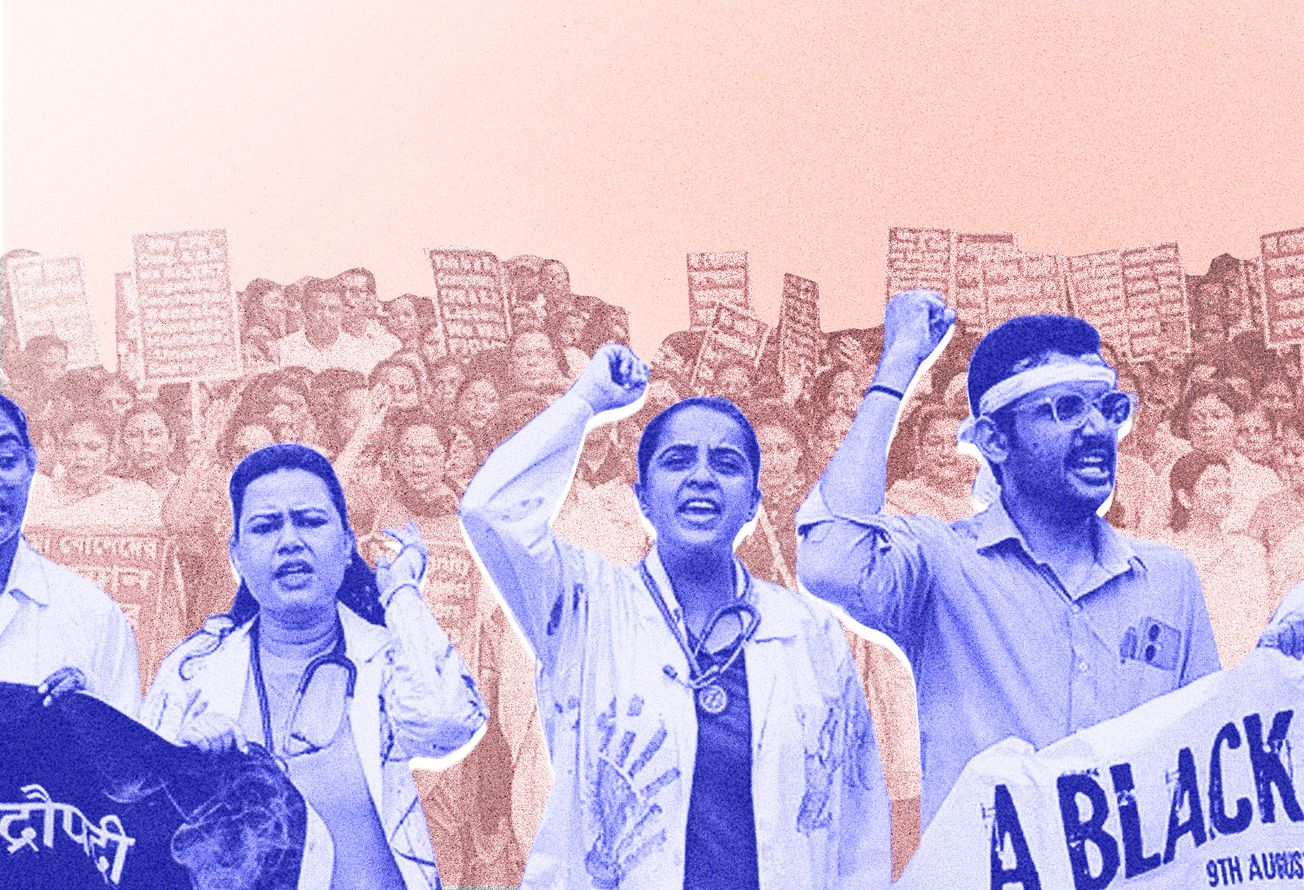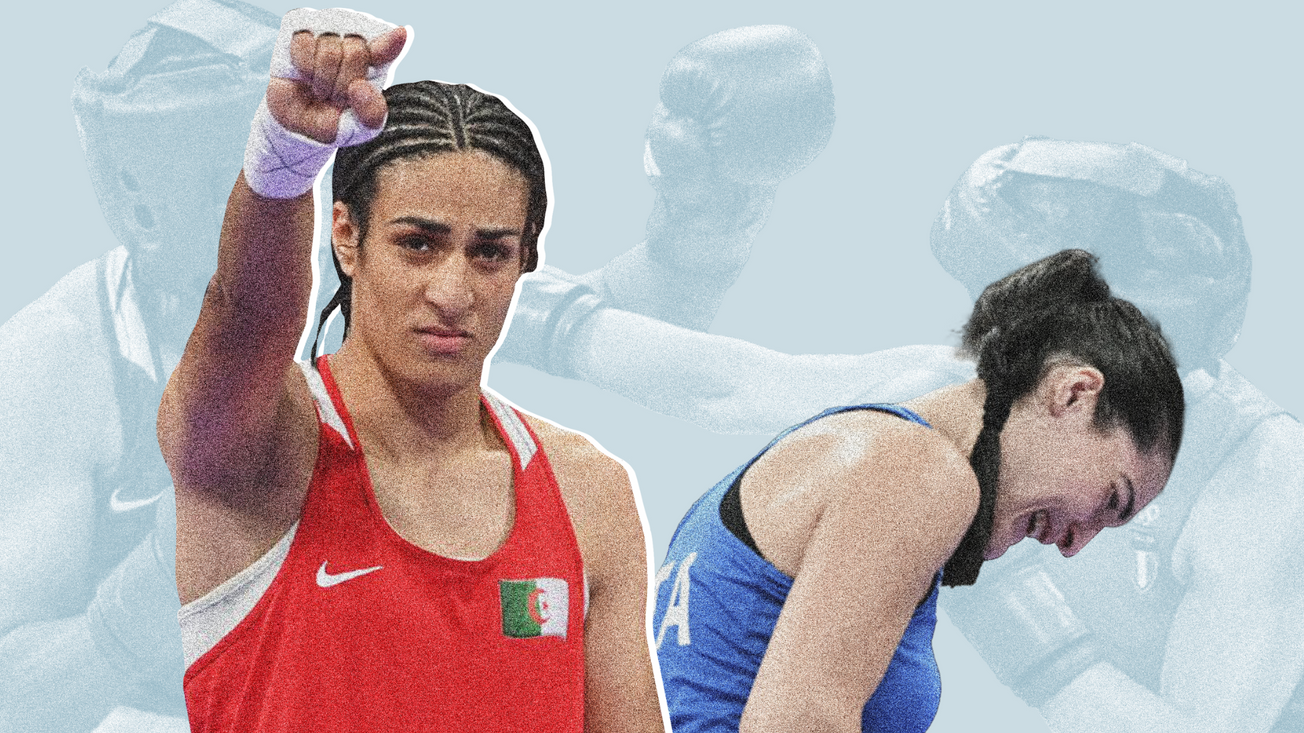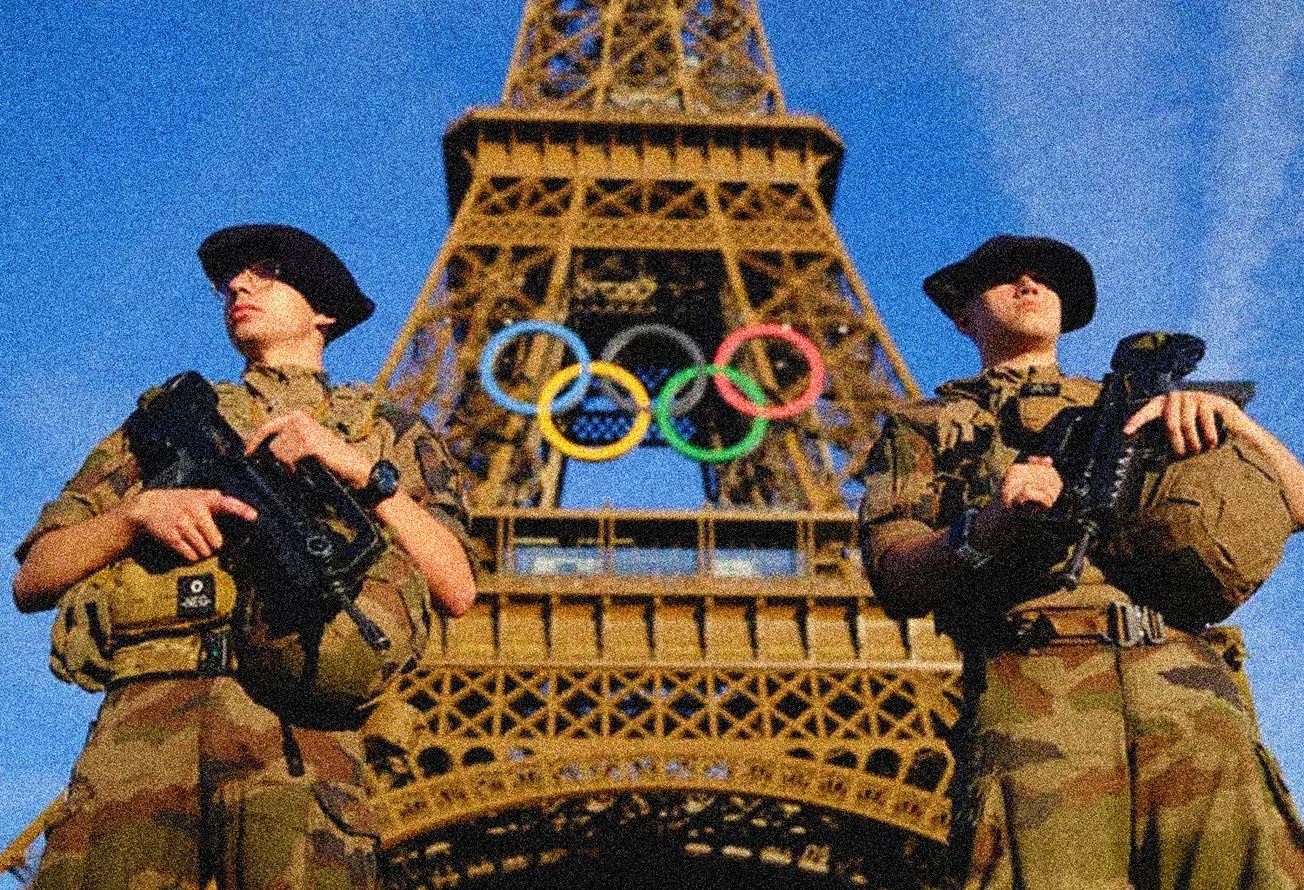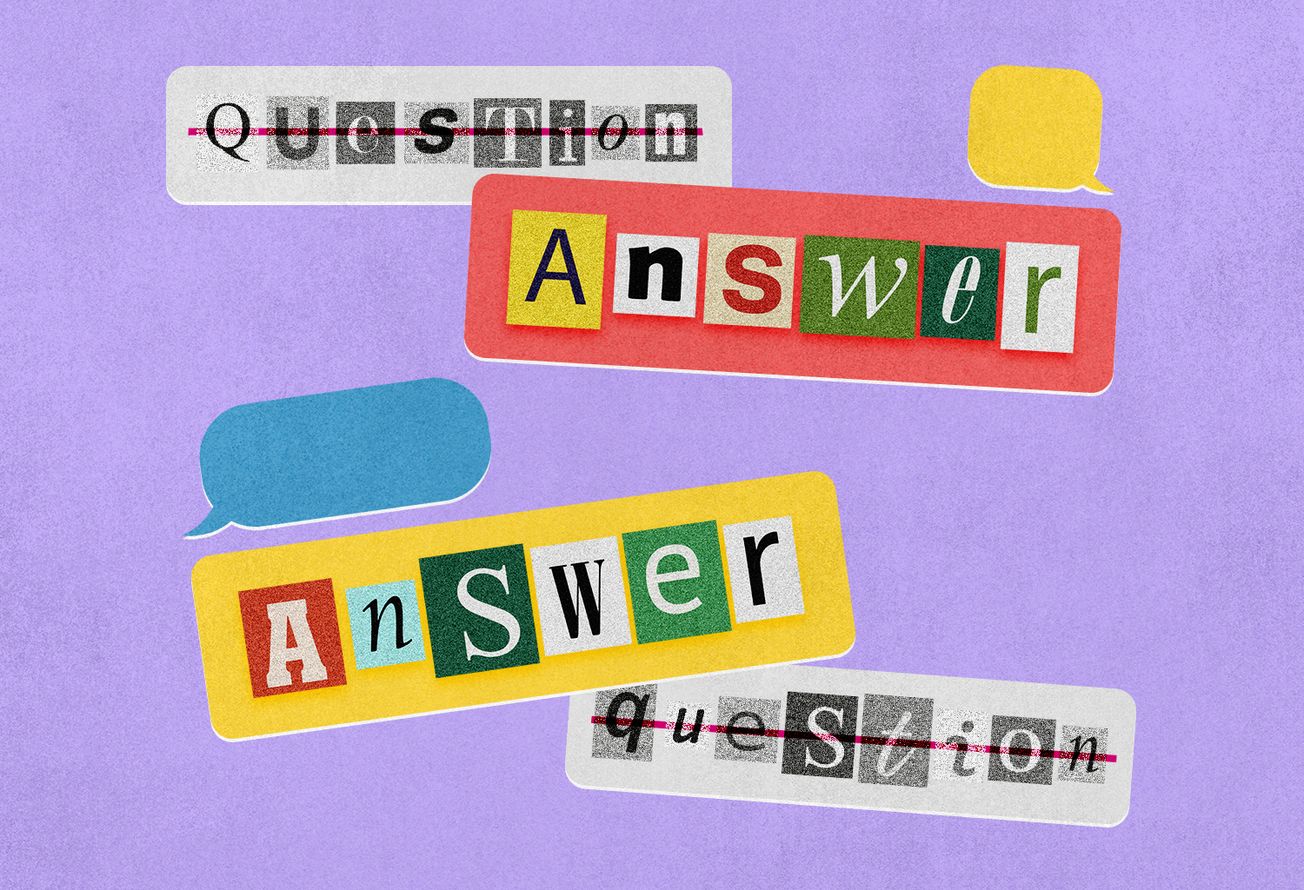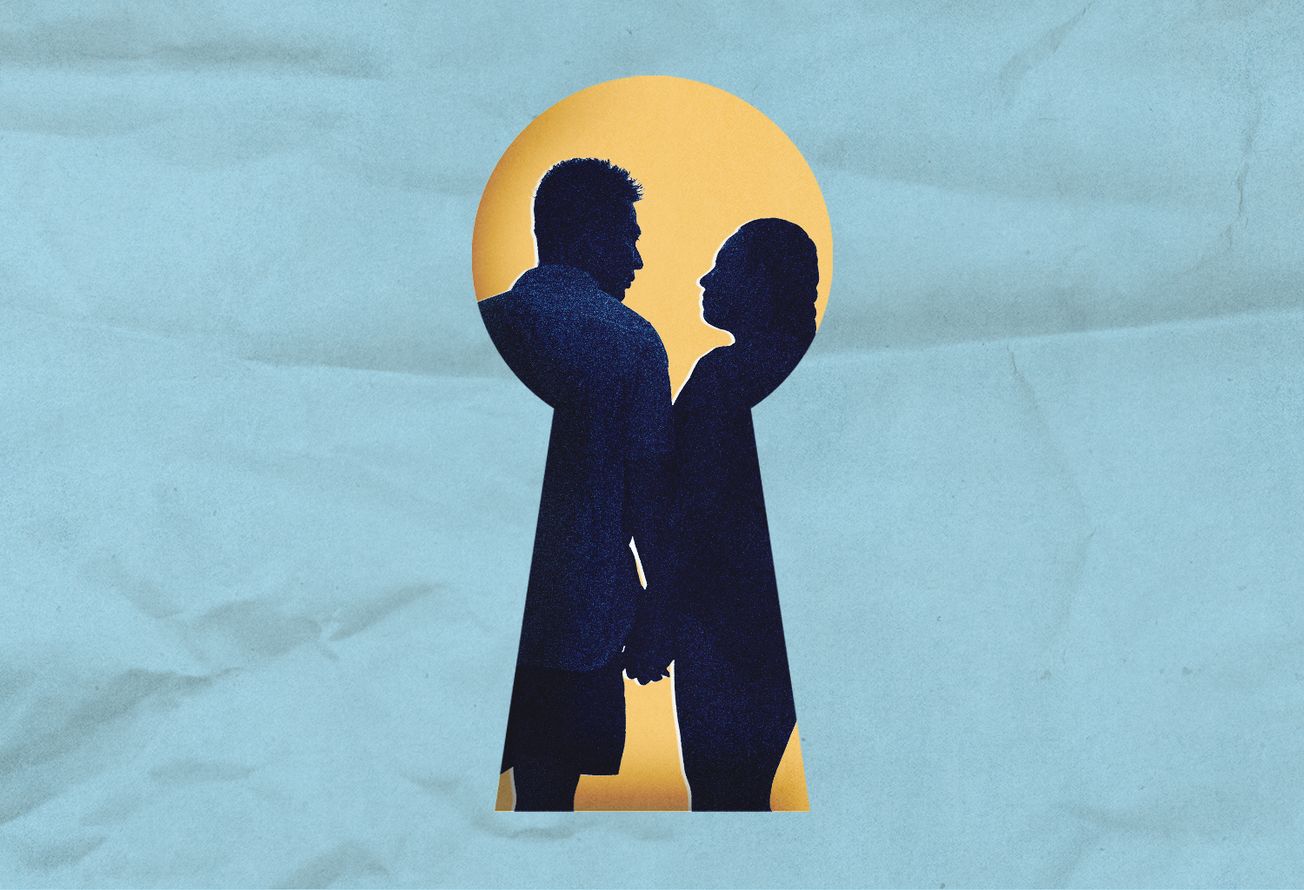This article is the text of a social media post published here.
The news of the Kolkata* rape is disturbing, much like the numerous other cases we hear about year-round, as well as those that go unheard. The protests have made international headlines. However, much remains unchanged in public discourse twelve years after similar protests. So here’s a reminder: any form of collective outrage rooted in rape culture and casteism ultimately fails to serve us.
In India, protests only seem to erupt over "sensational" rape cases involving mutilation, suicide, or murder, which deepen fear and ignite public anger. However, when such crimes are tied to caste violence—a common occurrence—there’s no visible outrage. Caste-based rapes don’t offer the sensationalist hook to the media. Without uproar, there is no sensation, and oppressed caste uproars are not allowed to occur.
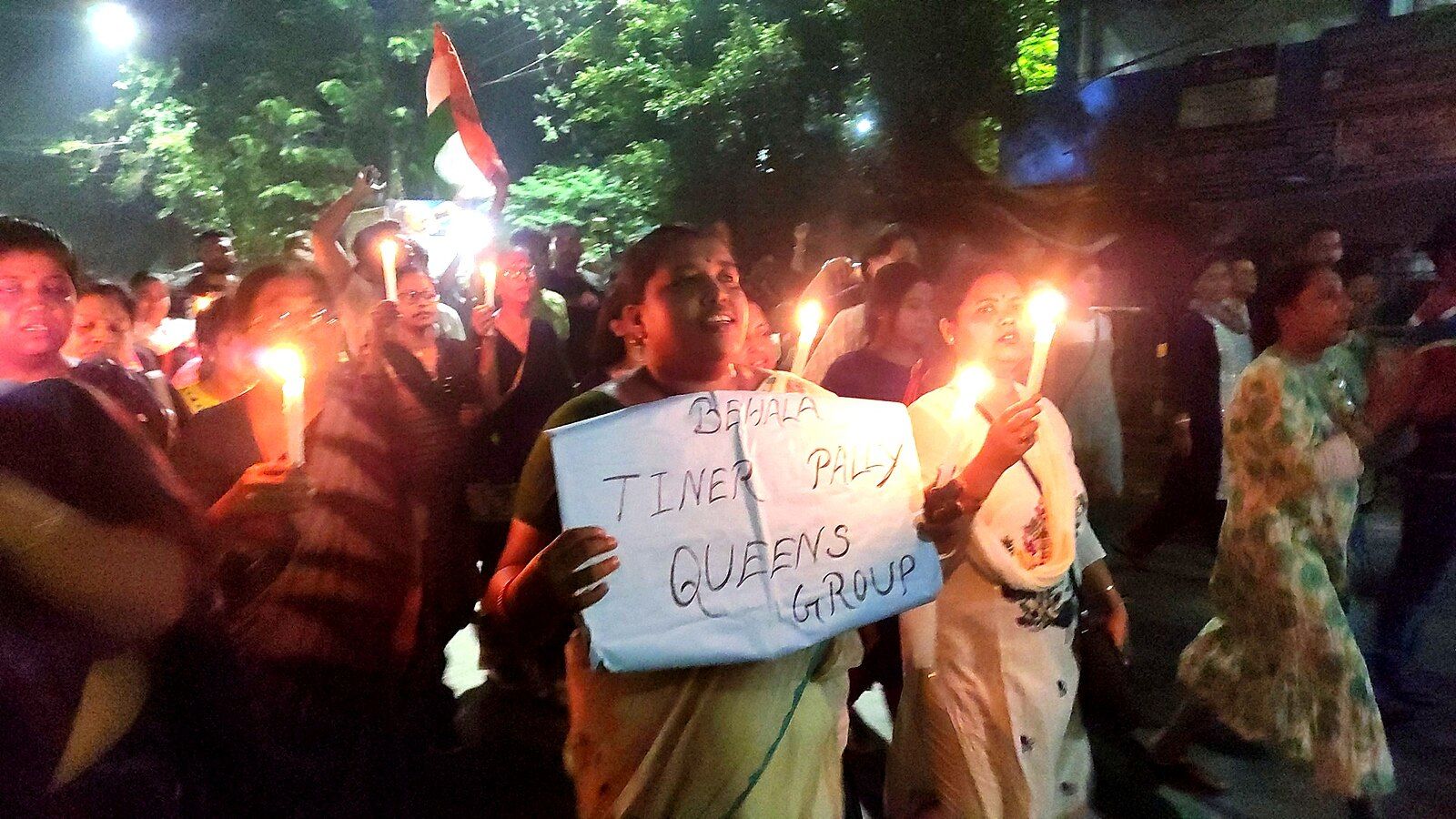
Marginalised caste groups aren’t allowed to express grief or rage; their protests are frequently suppressed or even punished. Not to mention how violence is stepped up against individuals who try to file reports and seek justice. Upper caste editors dismiss brutal caste-based rapes as "too gory.” These cases don’t carry an emotional charge for them or their readers/viewers.
Selective outrage creates a hierarchy among victims, perpetrators, and kinds of rapes. Upper caste, Hindu, wealthy, “professional,” young, able-bodied, cis women are seen as worthier victims. And by fixating on stranger rape cases, selective outrage makes more common forms of rape—like acquaintance, marital, and caste-based rape—seem less "real" or serious.
When the accused are from marginalized groups, they are framed as depraved, and shortcuts to punishing them are found. Focusing on extremely violent cases as isolated incidents downplays the prevalence of rape. Rapists are still depicted as deviants or beasts in public discourse, which absolves the men living among us of their offences and society of its responsibility for ending sexual violence.
Rapists are in homes, offices, neighbourhoods, and places of worship, often known to their victims. Yet when accused of rape, they are frequently seen as victims of false accusations. Many continue to be treated with respect, admired for their social achievements, or entrusted with power. Meanwhile, society's understanding of the trauma experienced by living rape victims remains painfully inadequate.
Rallying cries for the death penalty or "harsh punishments" for rapists are part of the same patriarchal violence that fuels rape culture, where quick and painful vengeance is equated with justice. Authorities take "swift action" for optics to pacify angry crowds. Misogynist politicians make politically correct statements. Other rape stories briefly emerge from the shadows while the "main rape" dominates headlines.
Who cares that the criminal justice system routinely re-traumatises rape victims by invalidating their experiences? When it acknowledges rape, often under public pressure, it is hyperfocused on perpetrators and punishment. Meanwhile, the same patriarchal questions about safety keep resurfacing, reinforcing the notion that avoiding harm is a burden on women and girls, seen as inherently vulnerable and needing protection.
Boys and men continue to be socialized into rape in countless ways. Anyone who dares to speak of rape as a means to assert caste supremacy or a genocidal tool faces retaliation. News publications and social media users exploit the panic, drawing attention to their content. Righteous indignation floods the discourse—until it fades away.
* R. G. Kar Medical College and Hospital


